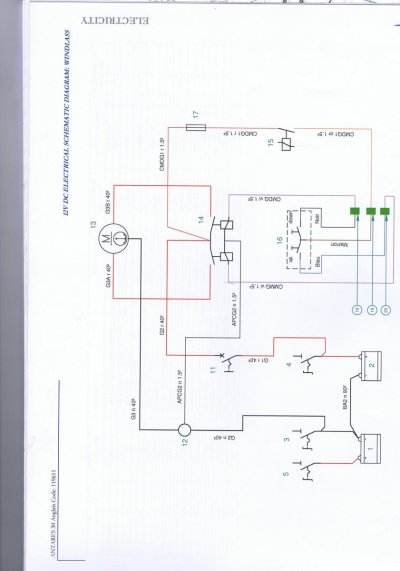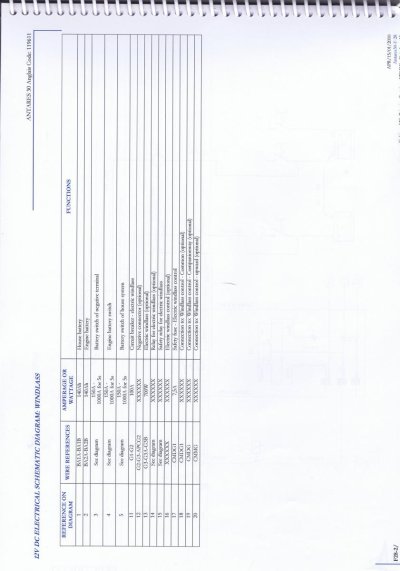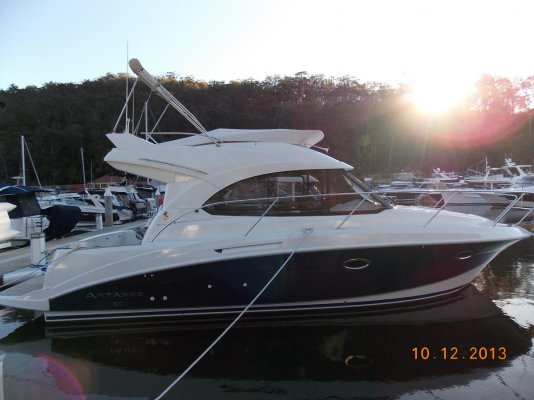ScottA
Member
- Joined
- Jan 20, 2010
- Messages
- 22
- Location
- Australia
- Vessel Name
- FIVE STAR
- Vessel Make
- 2012 Beneteau Antares Flybridge
Hi All,
My boat originally came with a windlass only operatable with a switch at the windlass.
I decided to have a switch fitted at the flybridge, it was connected to the windlass solenoid. When the windlass is used to haul up the anchor under stress, regardless of switch, the depth reading on the GPS is lost and shows dashes, it can be reinstated by turning the GPS off then on.
My marine electrician thinks it could be deterioration of the batteries after a day of being out, but the windlass is connected to the start battery and not the house, and they both tested good.
The only thing I can think of was that the windlass was connected; 3core from solenoid to 7 core (3 wire for windlass and 4 wire for connection of UHF radio to GPS) then further 3 core to windlass flybridge switch. So the windlass switch is running close vicinity to the wires for the UHF to GPS.
But all connections seem to be good and no bare wires touching (AS best I can see).
Does anybody have any idea what might be happening here?
Regards Scott
My boat originally came with a windlass only operatable with a switch at the windlass.
I decided to have a switch fitted at the flybridge, it was connected to the windlass solenoid. When the windlass is used to haul up the anchor under stress, regardless of switch, the depth reading on the GPS is lost and shows dashes, it can be reinstated by turning the GPS off then on.
My marine electrician thinks it could be deterioration of the batteries after a day of being out, but the windlass is connected to the start battery and not the house, and they both tested good.
The only thing I can think of was that the windlass was connected; 3core from solenoid to 7 core (3 wire for windlass and 4 wire for connection of UHF radio to GPS) then further 3 core to windlass flybridge switch. So the windlass switch is running close vicinity to the wires for the UHF to GPS.
But all connections seem to be good and no bare wires touching (AS best I can see).
Does anybody have any idea what might be happening here?
Regards Scott




